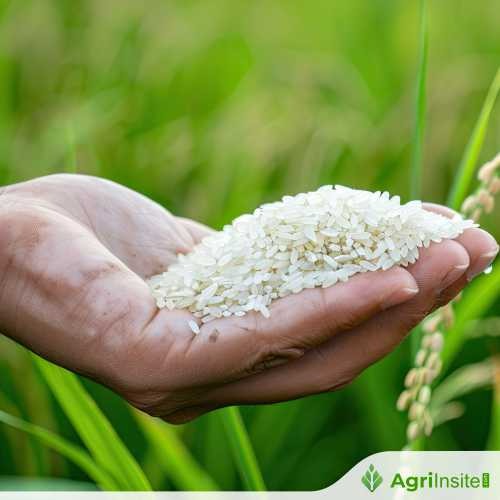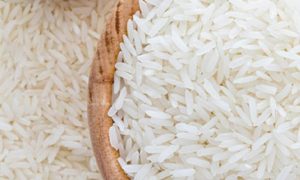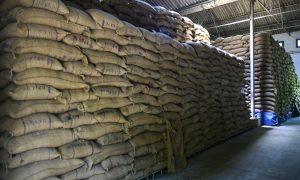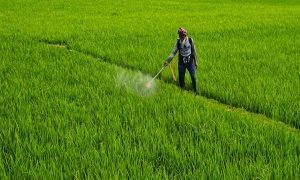India sets sail on new rice odyssey, eyeing 26 fresh global markets

Pakistan has urged the European Parliament to address the withdrawal of duty concessions on ethanol exports and delays in Basmati rice’s GI registration. Commerce Minister Jam Kamal Khan said both issues hurt rural livelihoods. He reaffirmed Pakistan’s commitment to EU ties and highlighted ongoing reforms supporting trade, rights, and inclusion.
India, already the world’s preeminent rice exporter, is now scripting the next chapter of its agricultural diplomacy — expanding its rice export footprint to 26 new markets across the globe. The announcement by the Agricultural and Processed Food Products Export Development Authority (APEDA) Chairman marks a defining stride in the country’s mission to diversify its agri-trade architecture, stabilise farm incomes, and strengthen India’s role in global food security amid shifting geopolitical and climatic headwinds.
The new roadmap is as ambitious as it is strategic. It seeks to enter non-traditional and high-potential markets across Africa, Latin America, and Eastern Europe — regions where India’s rice has long held untapped promise — while deepening footholds in Asia and the Middle East. This push aligns with the Agricultural Export Policy (AEP), which envisions India achieving a $100 billion agri-export milestone by 2030, underpinned by product diversification, brand India elevation, and digital traceability.
Detailed market intelligence studies and coordinated trade dialogues — involving APEDA, Indian embassies, and foreign trade missions — have paved the way for this expansion. The initiative will focus equally on Basmati and non-Basmati rice, with an emphasis on premiumisation, food safety certifications, and sustainability credentials that meet the exacting standards of new importing nations.
At present, India accounts for over 40 per cent of the global rice trade, exporting nearly 18 million tonnes annually to more than 150 countries. Yet, as climate volatility, export bans, and global price spikes redraw the contours of food trade, India is recalibrating its rice strategy — from sheer volume to value and resilience.
This shift, officials say, reflects a pragmatic duality — protecting domestic food security while amplifying export competitiveness. “India’s objective is to ensure reliable global access to rice while safeguarding the interests of its farmers and consumers,” said a senior official involved in the policy framework. “We are steering the conversation toward sustainable, traceable, and high-value exports that define the next era of agricultural trade.”
The diversification plan dovetails with India’s Vision 2047, which envisions the nation as a trusted node in global agri-supply chains. APEDA’s digital traceability system — ensuring farm-to-port transparency — is emerging as a signature differentiator in global markets increasingly conscious of provenance and ethical sourcing.
In FY25 alone, India’s rice exports are projected to cross $11 billion, buoyed by sustained demand for specialty and premium varieties. Analysts estimate that entry into 26 new markets could add an incremental $1.5–2 billion to India’s export revenues within two years — cascading benefits across logistics, milling, warehousing, and packaging ecosystems.
Trade experts view the initiative as a masterclass in balancing ambition with prudence. It signals India’s intent to remain the world’s rice bowl, not through dominance alone, but through responsible leadership — where economic strategy meets moral clarity.
In an era where grain has become both a geopolitical lever and a humanitarian necessity, India’s message to the world is unmistakable: it will be not merely the supplier of sustenance, but a steward of stability — wielding its agricultural prowess with purpose, principle, and global foresight.
To Read more about Rice News continue reading Agriinsite.com
Source : Agro Spectrum India















